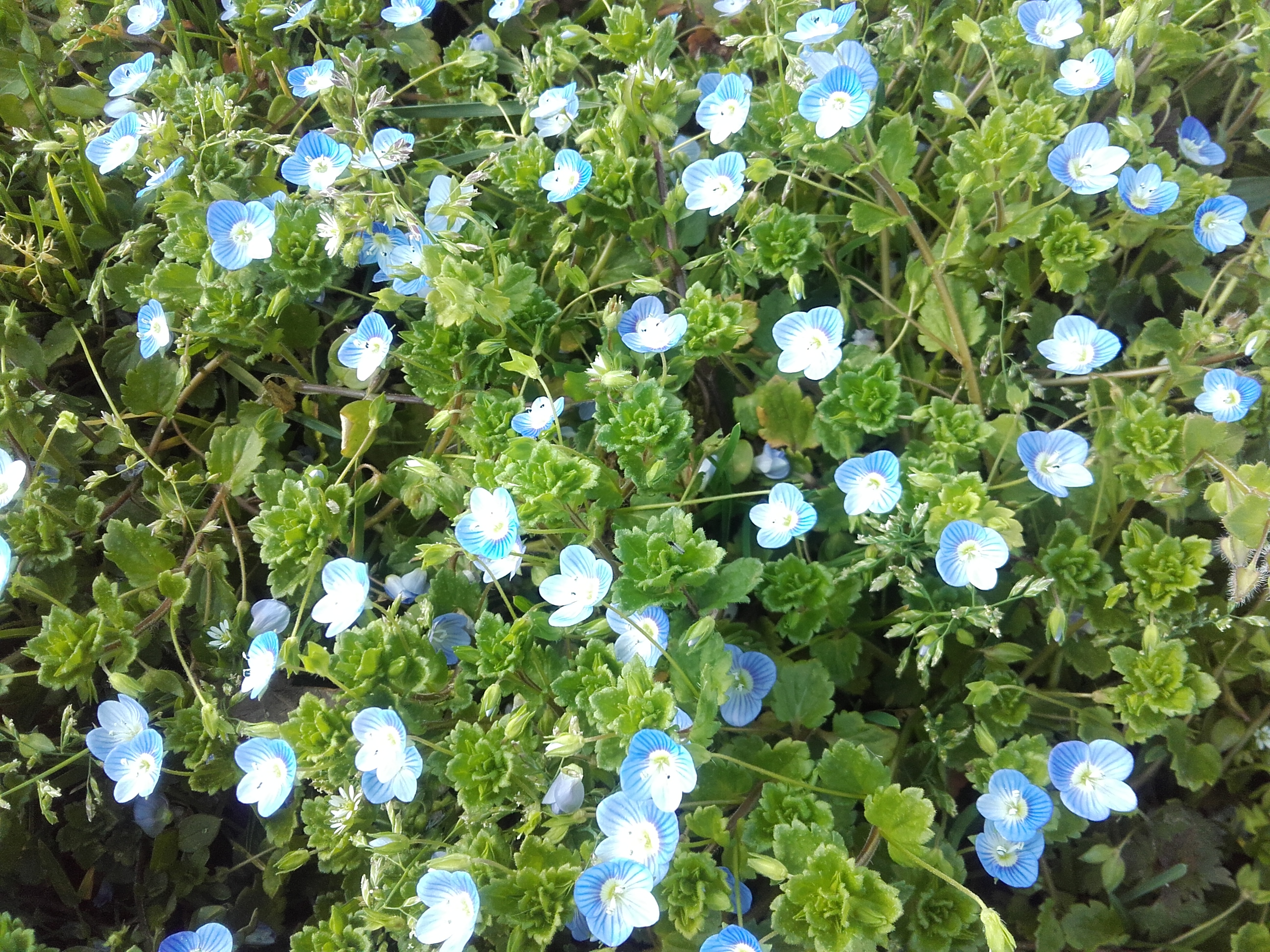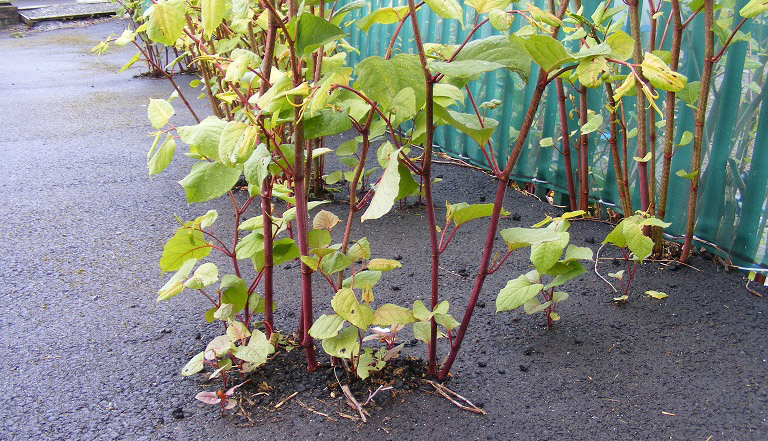Having moved from a house with a pocket-handkerchief garden to hectare of garden in France, we are a bit overwhelmed!
Our lawn, for want of a better word, is being overtaken by the plant in the photo

The flower is 8-10mm diameter, the plant is quite low, like a young nettle. This had taken over about 60% of the area that should be grass, young nettles have about 20% and grass the remainder. Bees are currently enjoying the flowers so I am loathe to do anything at the moment. What I woukd like to do is to know what it is and what I can do to eradicate or dramatically reduce its cover.
Any gardeners out there able to advise?
Look like violets to me.
No idea, this may help, try installing a plant identifying app on your phone http://www.appli-pour.info/identifier/application-reconnaissance-plantes
Looks like Forget me Not - I think. Pretty - but invasive. Its probably several years too late to get rid of it - it self seeds a lot.
I tried the Picture This app last year, it struggled with a pear tree and with nettles. It seemed to prefer plants from the US and Asia 
It has just been suggested that it is Germander Speedwell; it is only a few cm tall, not as high as Forget Me Not.
Hi there - it’s Speedwell, quite q well know plant I thought. You can mow it if you wish to keep it in place, but it’s lovely and good for bees - please keep it!
regards
Beth
I’ve always called it Birdseye because it looks like a plant of the same name in the uk. Never really bothered about it. It is invasive but as our garden has rampent couch grass and what I at first thought was Japanese knotweed it seemed pretty inoffensive.
Okay I’ve a garden full of Speedwell then - I’ll carry on ignoring it in the lawn and fighting an unwinnable fight in the Potager
Speedwell… and, as you have noticed… the bees love it so, if you can, let it alone… the bees need all the help they can get.
You can mow it once the flowers are over… and it will flower again…
Only if you know about gardens ![]() IT, motirbikes, beer - I know a thing or two , nit gardens:laughing:
IT, motirbikes, beer - I know a thing or two , nit gardens:laughing:
I certainly don’t want to harm the bees, we seem to be a haven for them here. I will bring it down to size once the flowers are gone, though.
The bees will be your friends for life…
and so long as you don’t want a bowling-green lawn… this stuff and lots of other wild herbs/plants that crop up in the grass… it all does actually make a lovely wild meadow.
Excellent news Martin !! Lots of wild stuff and weeds (!) are very good for the wildlife - that’s my excuse anyway.
regards
Beth
Speedwell. They are a member of the veronica family I think.
It is germander speedwell, also known as eyebright.
The invasive plant to be on the lookout for is the very common Japanese Knotweed. The roots of this plant can be so de-stabilising for nearby properties that mortgage inspectors in the UK will refuse your request for a loan if they discover its presence in adjacent gardens. (This is not yet the position with mortgage providers in France but the danger remains the same). Look how it just forces its way up through the tarmac.
Not to be confused with Leycesteria which we grew in abundance back in UK…
last year, I had to stop a friend in Jarnac, who was destroying it thinking it was the 'noxious knotweed… ![]()
Aha, yes Bob, I know that one. IIRC, it was planted across the UK by well-to-do Victorians, keen to show their gardening diversity.
Is it as widespread in France as it was in the UK?
Didn’t your friend know it is knotweed if it grows by the side of the road?
Jane… sadly, not all Knotweed grows on the roadside… and when he saw the Leycesteria… looking very similar… he panicked… 
Just had to Google IIRC!

